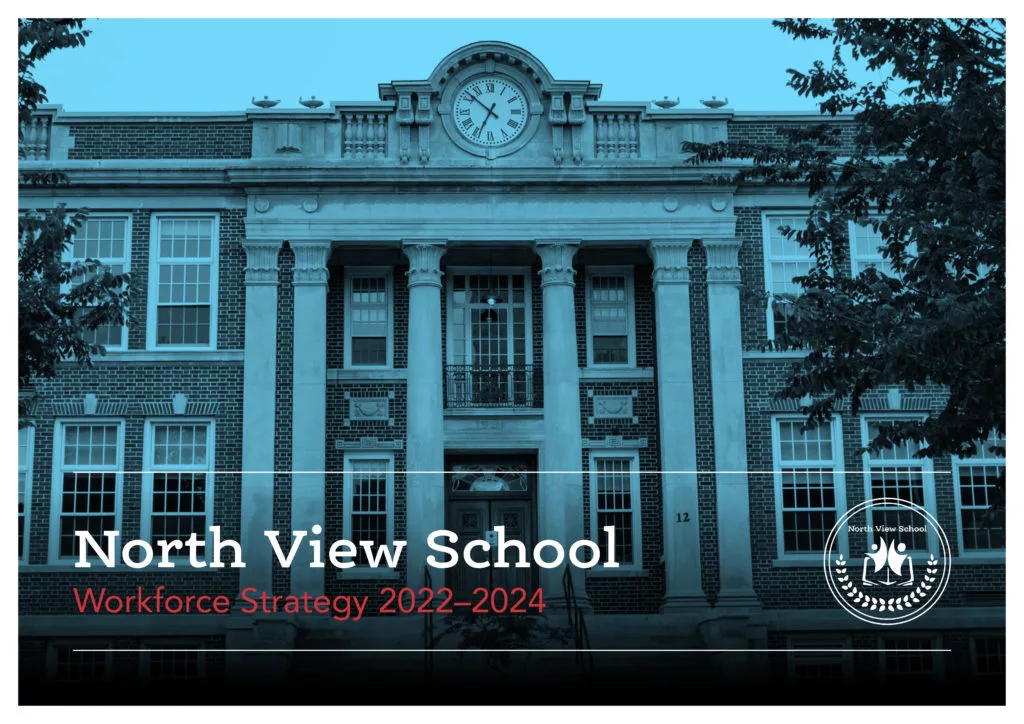Build your school’s workforce strategy in hours not weeks or months.
Your school’s workforce strategy is a data-informed, evidence-based, three-to-five year plan that aligns your school’s most valuable resource—its people—with your strategic objectives. PeopleBench has the workforce tools and resources, backed by research, to make a difference in your school.
- PLANNING
Streamline the strategic planning process.
Seamlessly drawing in real-world data and benchmarks, the Workforce Strategy Builder steps you through the process of capturing your strategic context and aspirations and defining your school’s strengths, challenges, and opportunities. From there, the Workforce Strategy Builder helps you identify the strategic priorities, the programs and initiatives that support them, and the Key Performance Indicators you will use to measure your progress.
- Strategy
Access workforce strategy expertise.
The PeopleBench platform has been built for schools with the input of schools. This means that with the Workforce Strategy Builder you never have to start with a blank page. Choose from predefined, evidence-informed priorities and customise to fit your school with a few simple tweaks. Take the guesswork out of key decisions including attraction, recruitment, selection onboarding, development, and retention.
- Delivery
Build a document that makes a difference.
The Workforce Strategy Builder provides you with a targeted, strategic document that reflects your school’s brand and will help you communicate your priorities with your leadership team, staff, and school community. With PeopleBench on your desktop, you have the insights and resources you need to create, monitor and update your school’s workforce strategy to enable improved student outcomes.

What our clients say.
If the staff are happy and engaged, the kids will be happy and engaged as well.
The opportunity to use a platform to gather data and then to be part of a process where we not only analyse the data, but we enact some change in response to that, is something that as a college we’re really used to doing and we’ve seen the benefits of.
I want to access the health of the organisation and the staff—not in the traditional sense of health, but making sure we are retaining our staff, recruiting quality staff, making sure our culture is intact and all employees are engaged. All that adds up to being an employer of choice. Sometimes the anecdotal conversations and the conversations around the water cooler are not enough to clarify whether we are that organisation, or not. We need some more concrete data to confirm our assumptions.
We know that the [teaching] gig is a hard one, so let’s make our workforce and our place of work the best possible place it can be for our teachers and for our staff.
In education we’ve had growing awareness of the importance of wellbeing for our staff in education. We are professionals at looking after our student wellbeing. We always speak about it, we consider it in all of our decisions. There’s a step before student wellbeing, which is looking after those adults who have that responsibility.
It means we can engage our staff in a conversation about wellbeing and develop a plan together. It’s not just the leadership team developing a plan based on what we think, but we can actually work with the staff to develop a plan, implement strategies that are based on the needs of our staff.
“It provided opportunities for us to have very clear, identified goals. So, it doesn’t become a side project. It’s actually embedded with what we’re doing across the school with our Annual Improvement Plan.”
